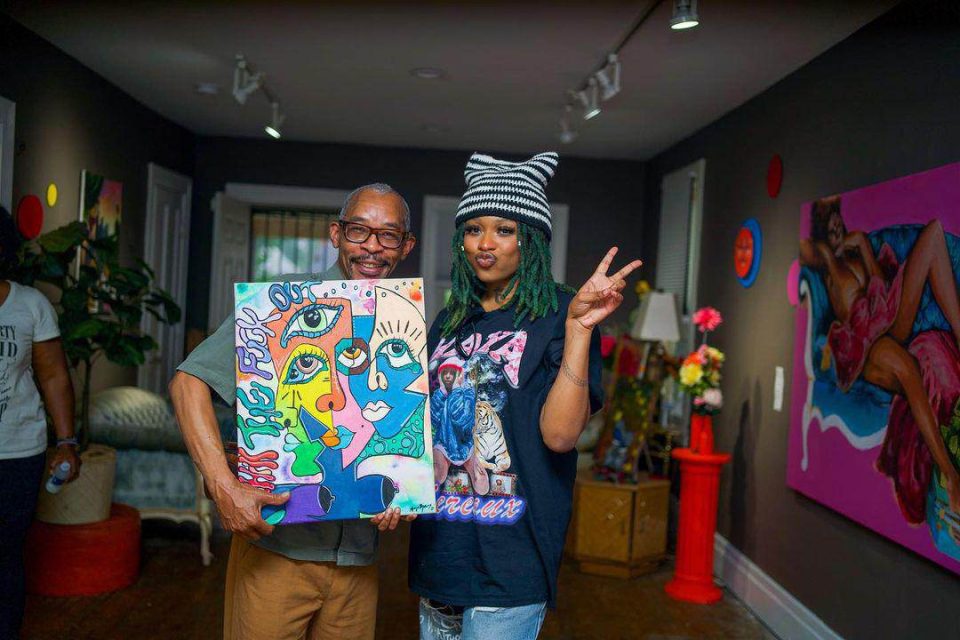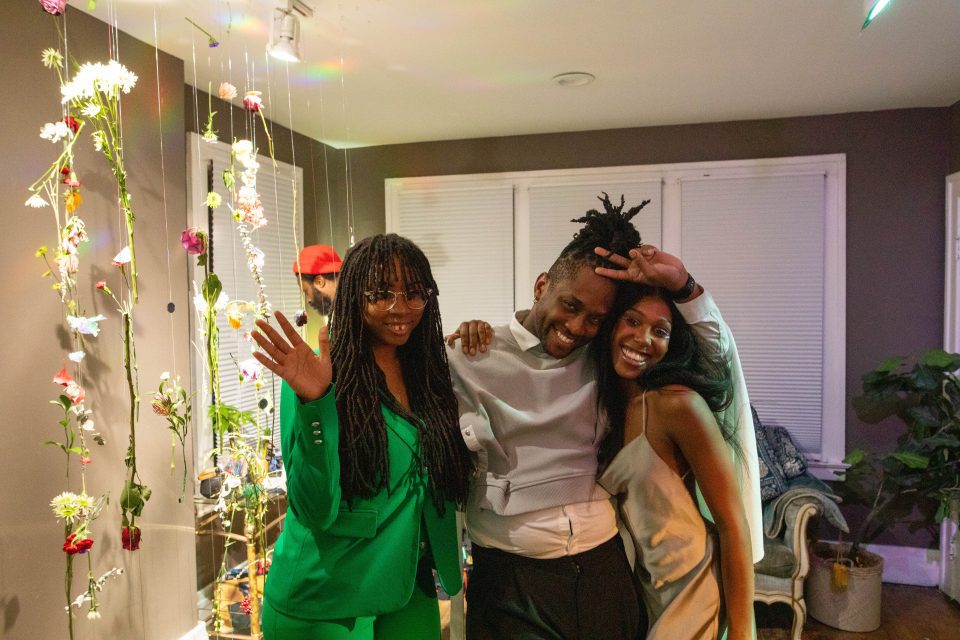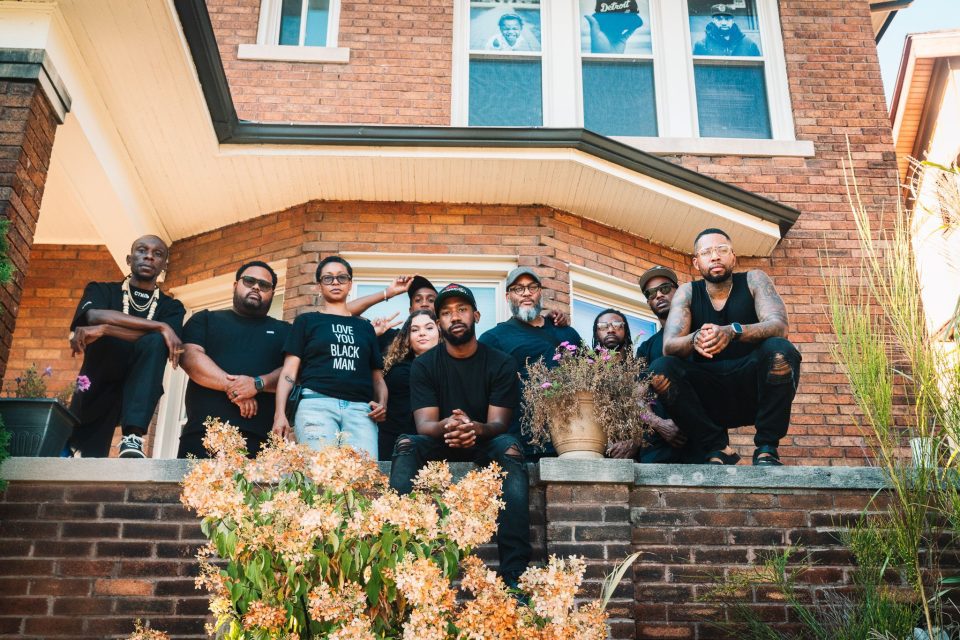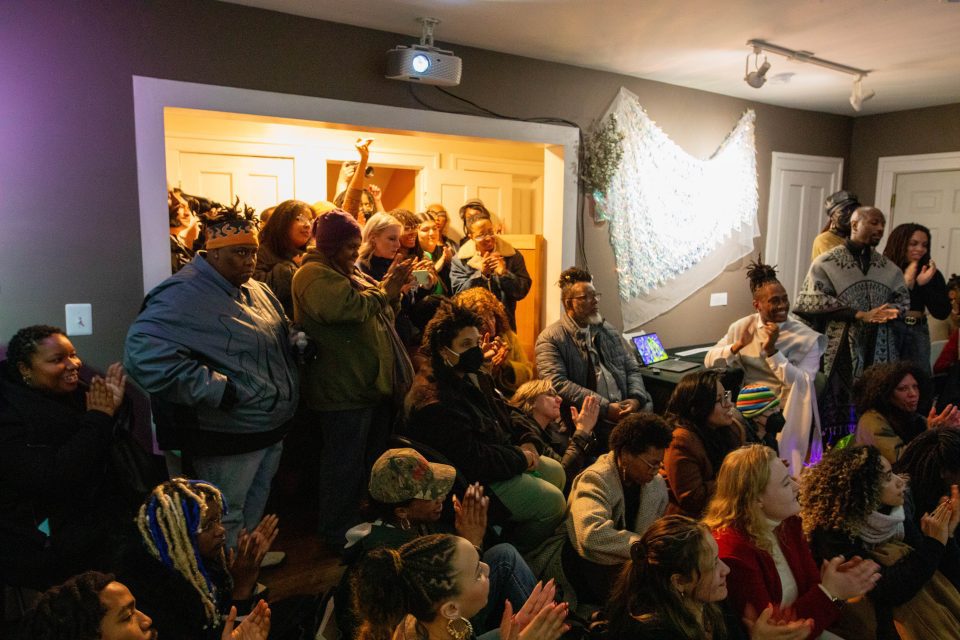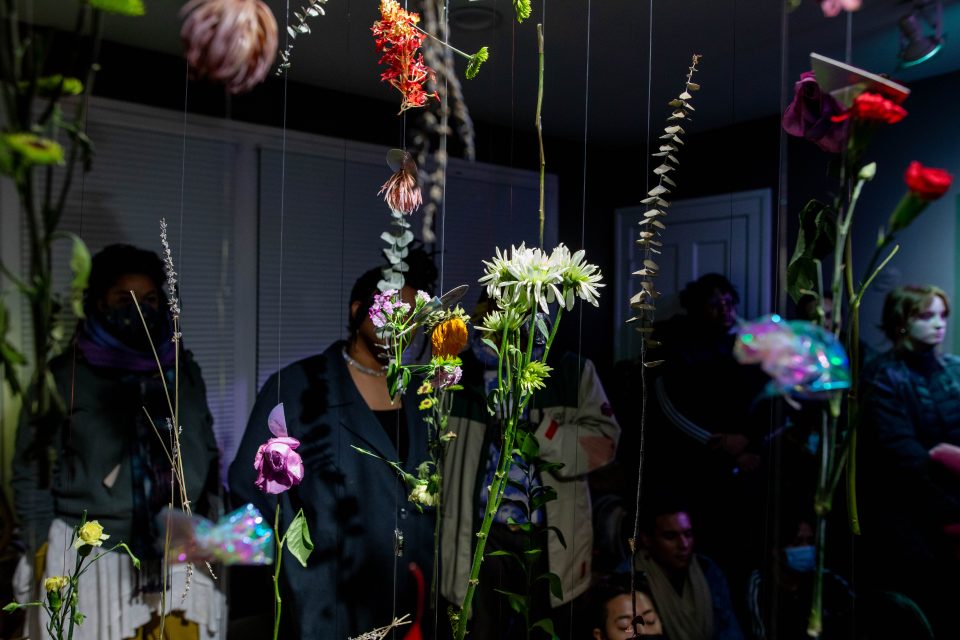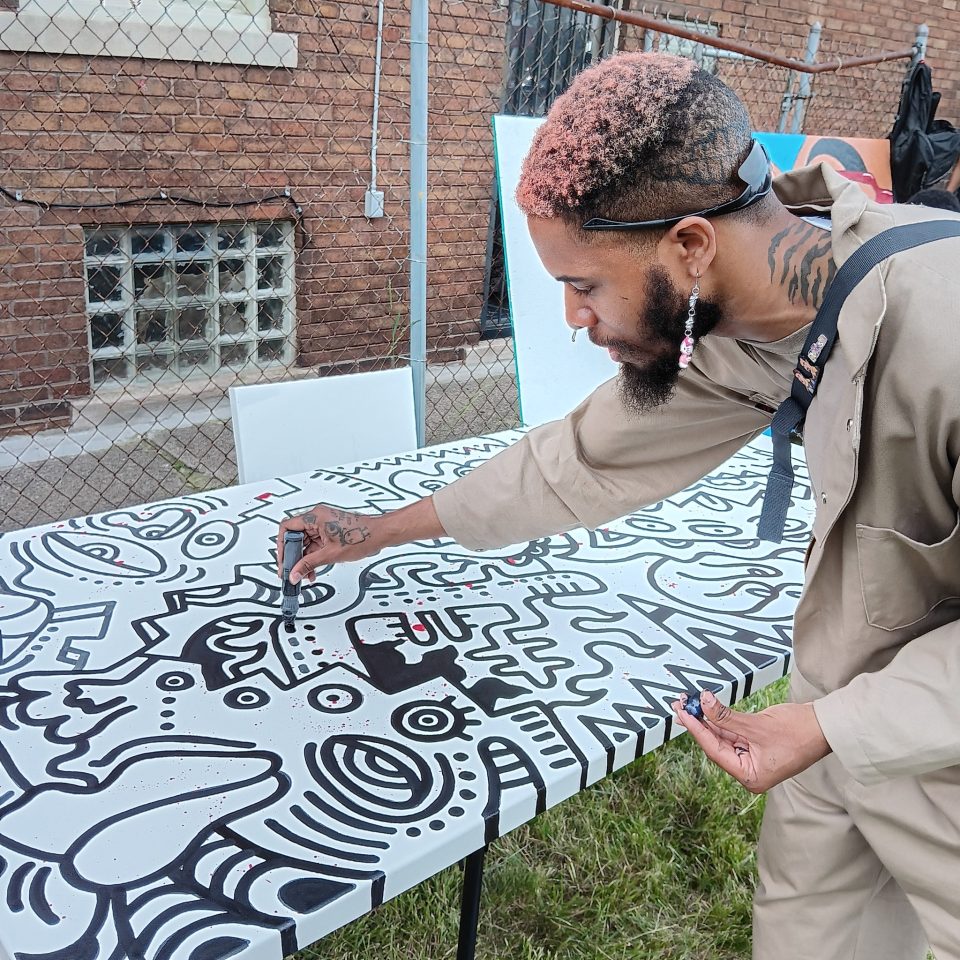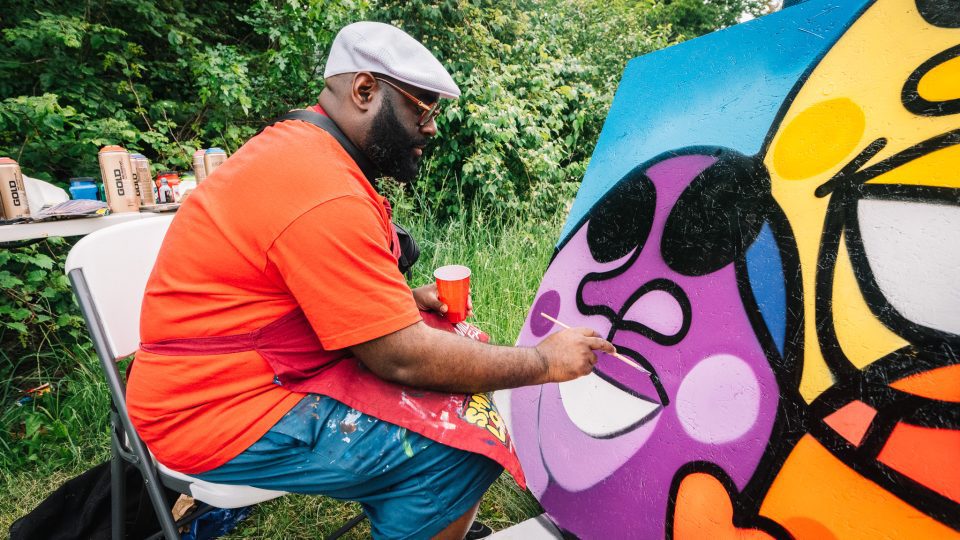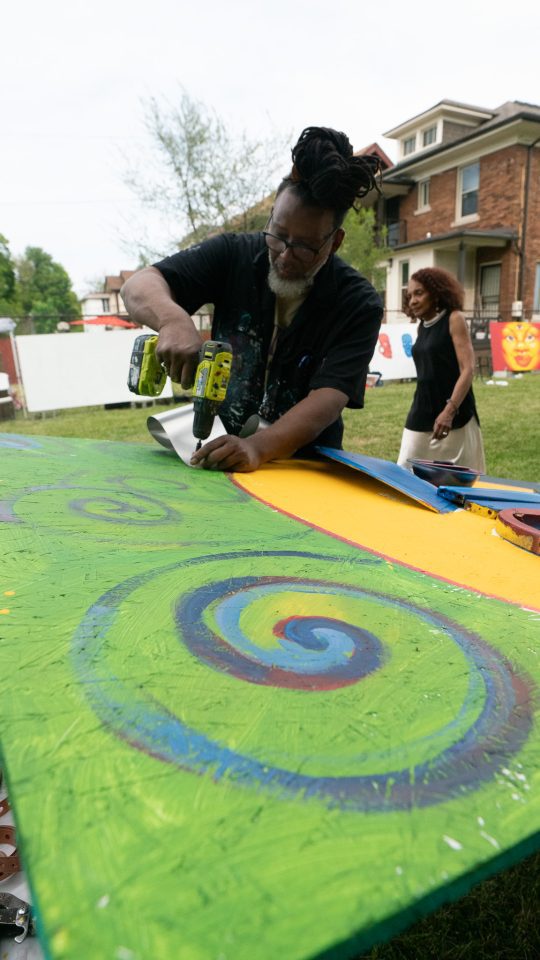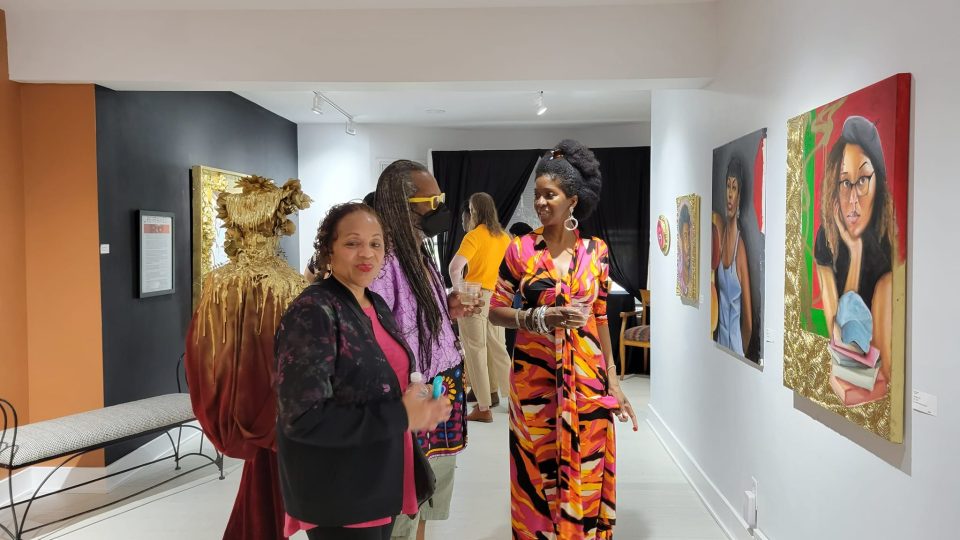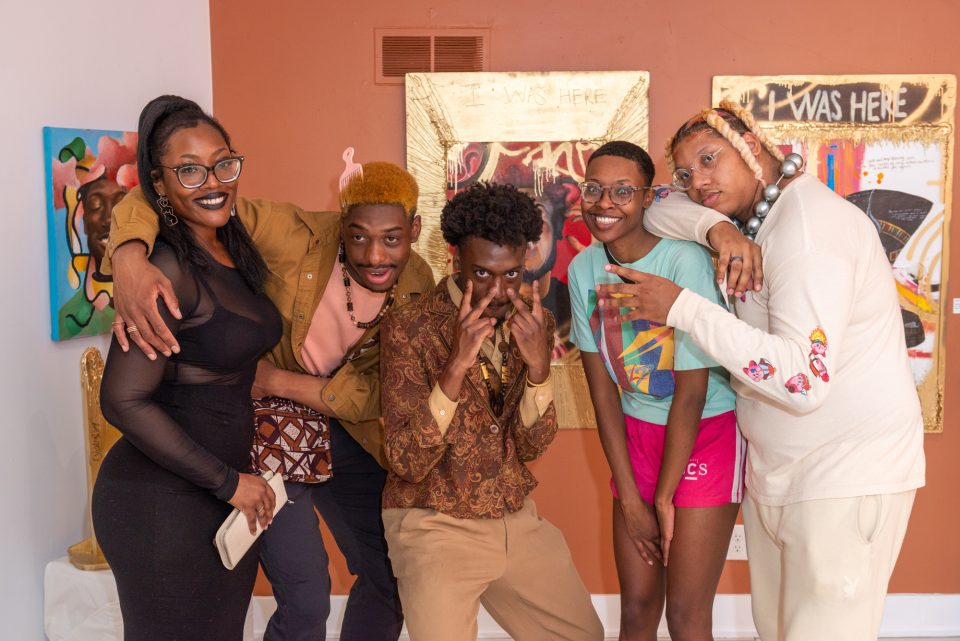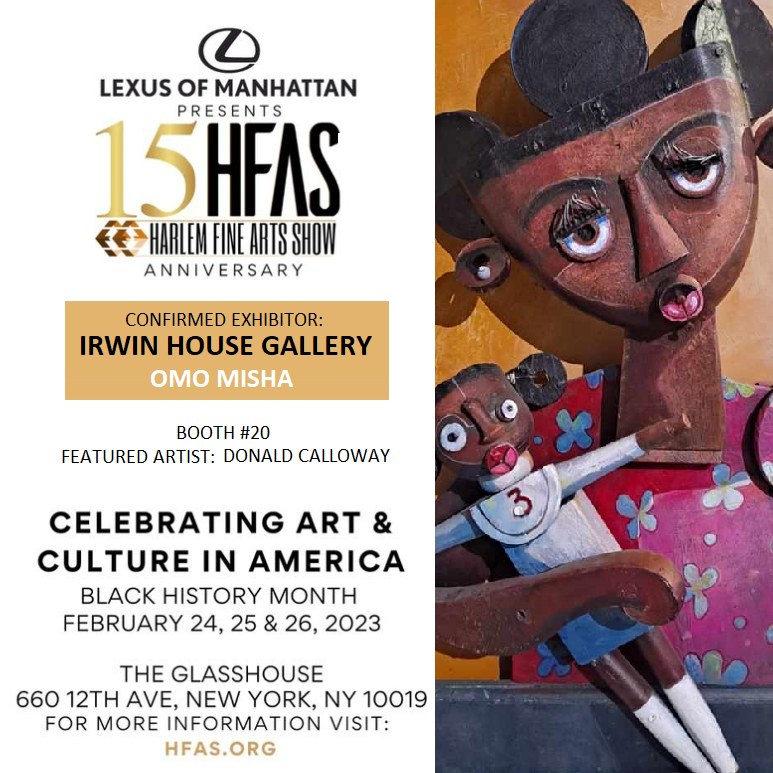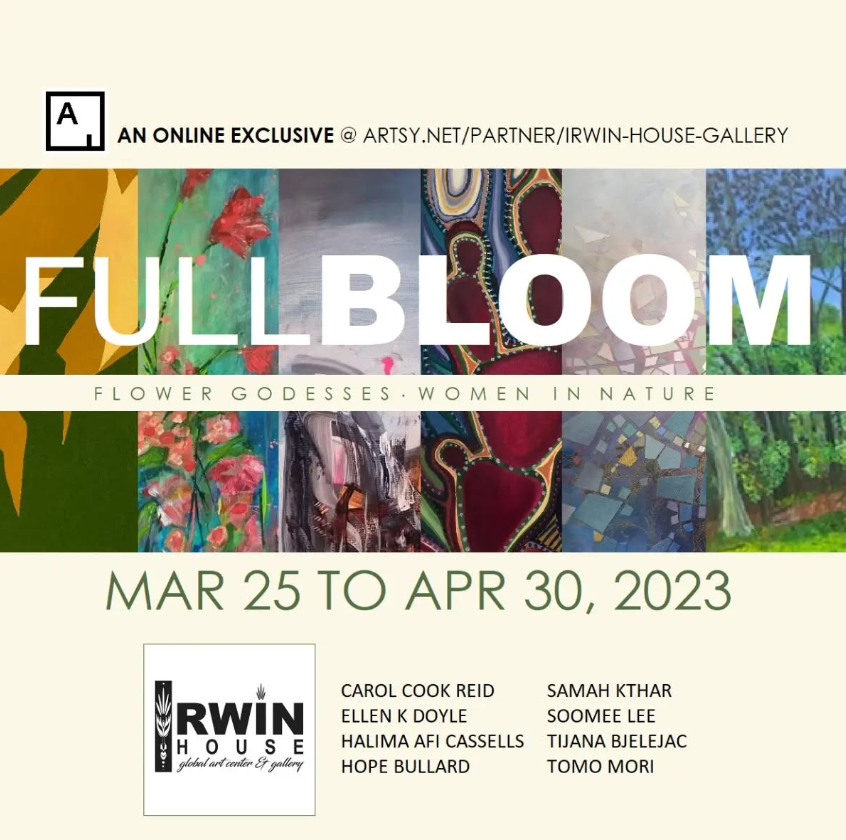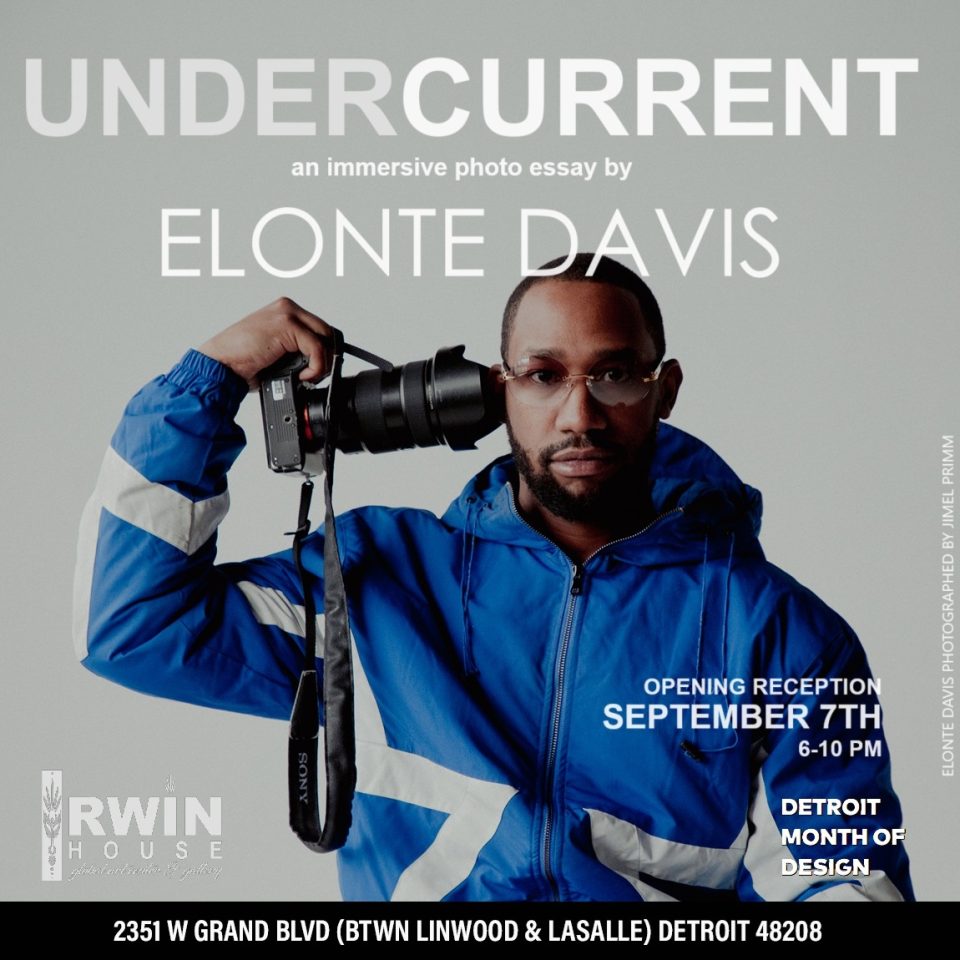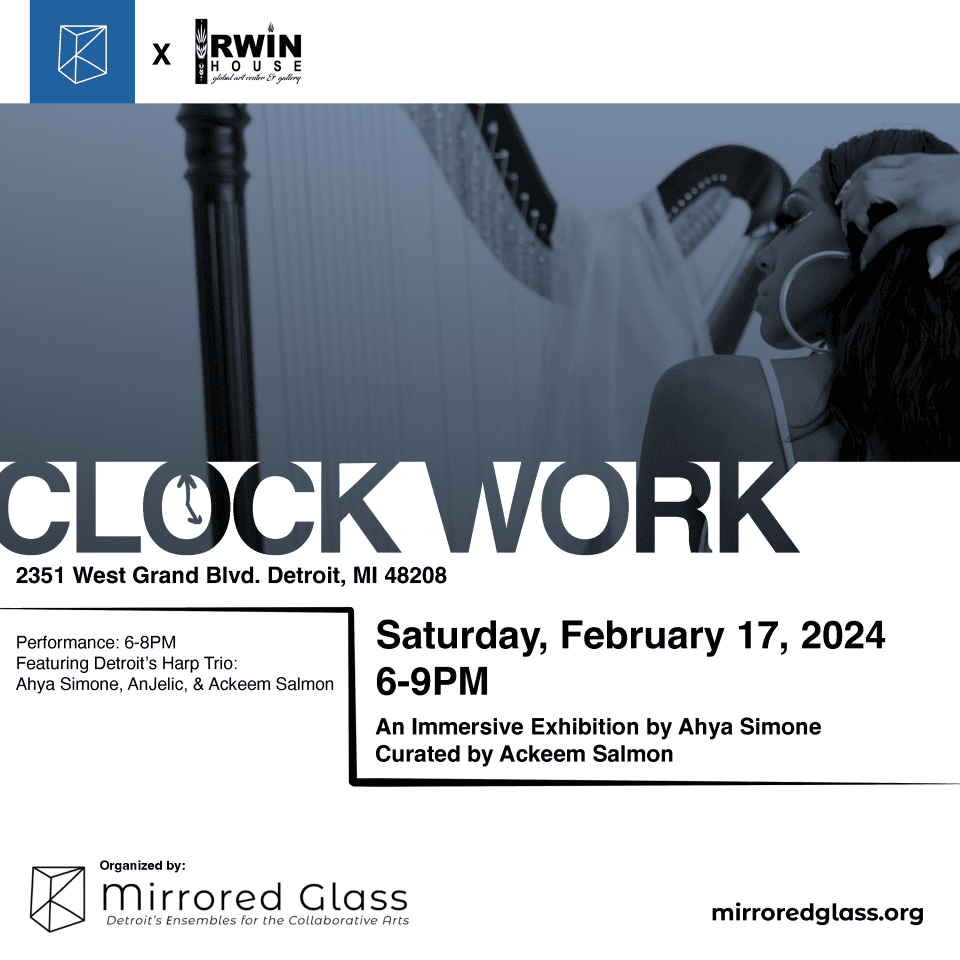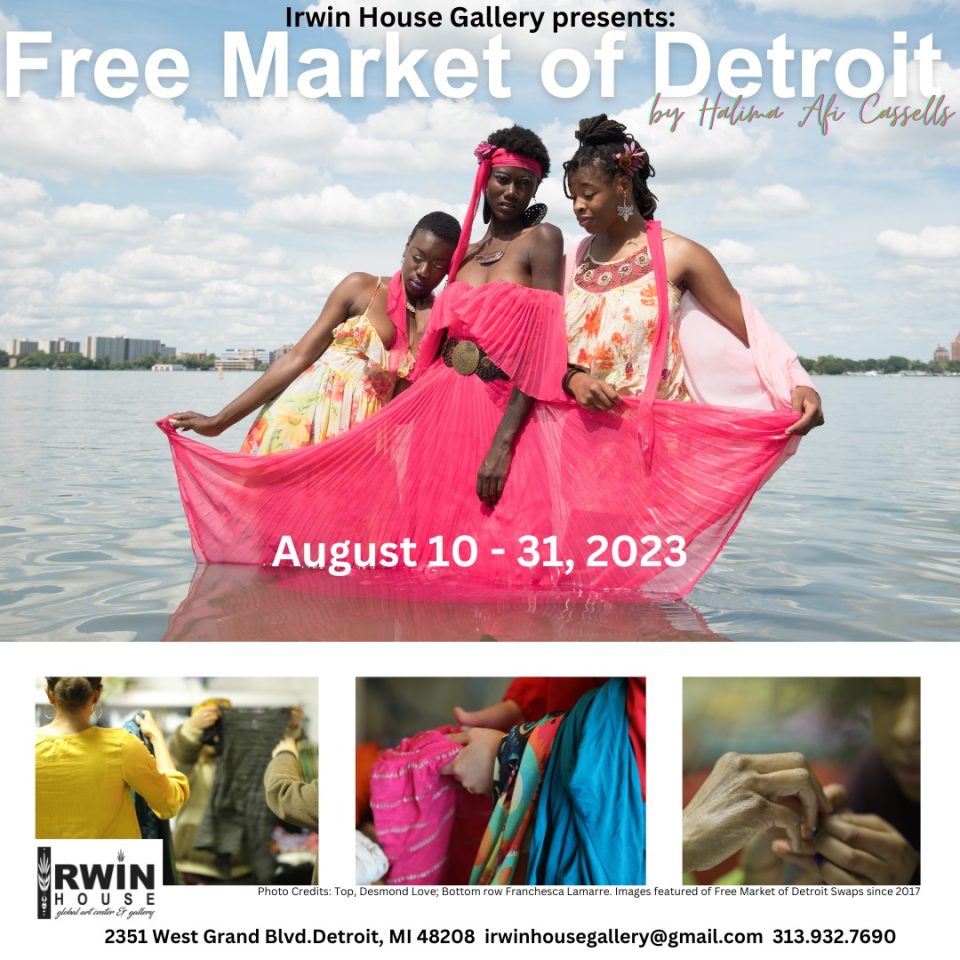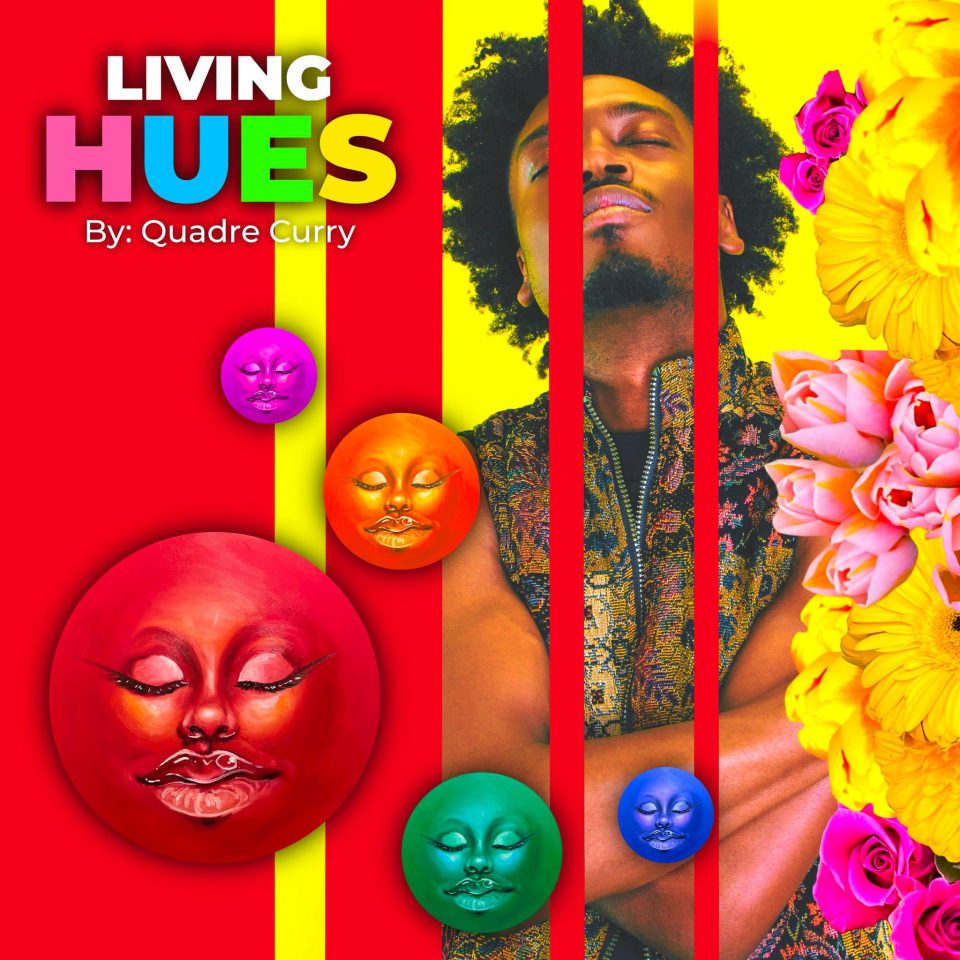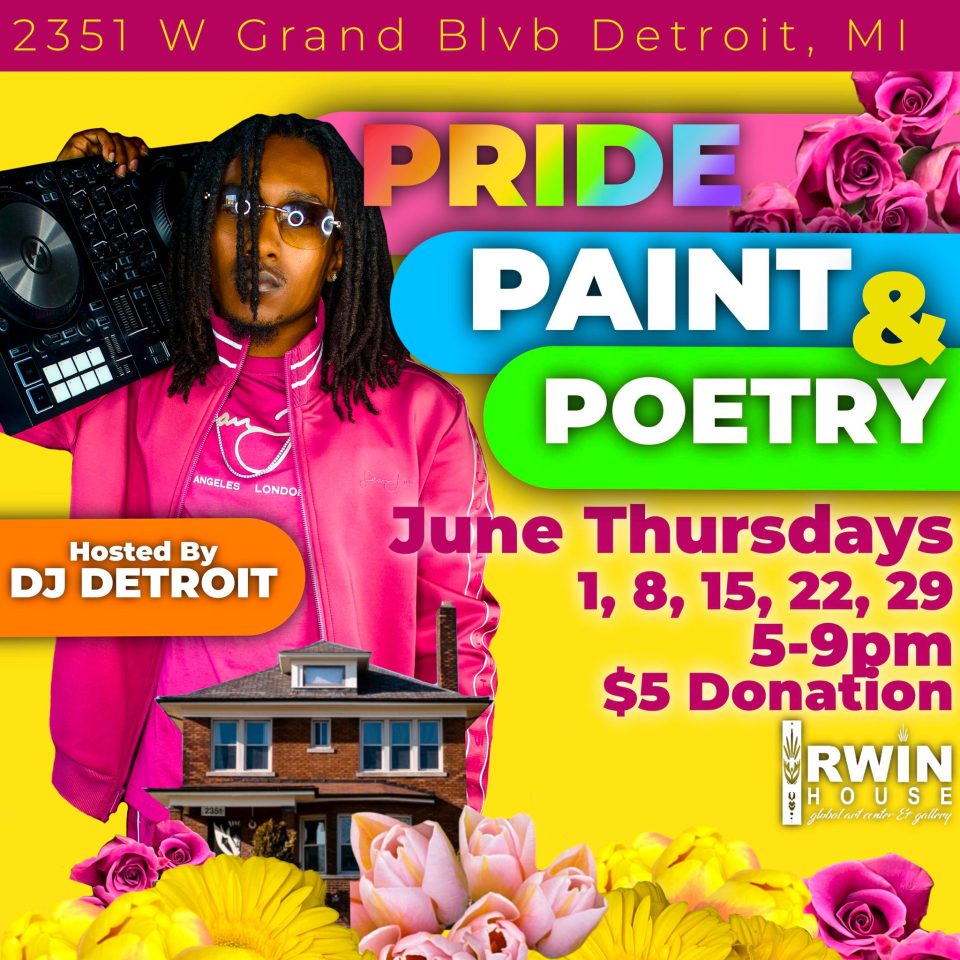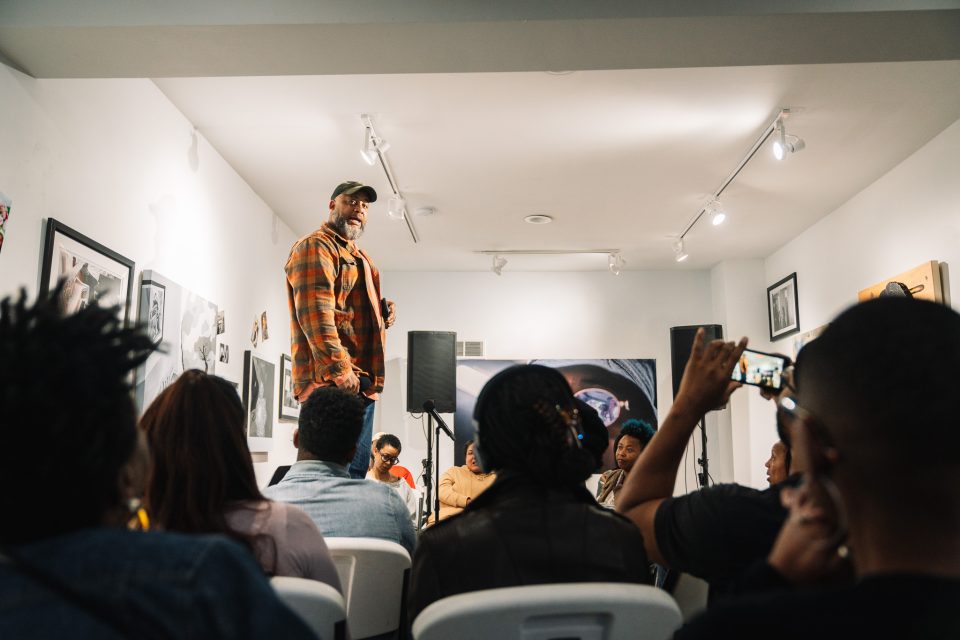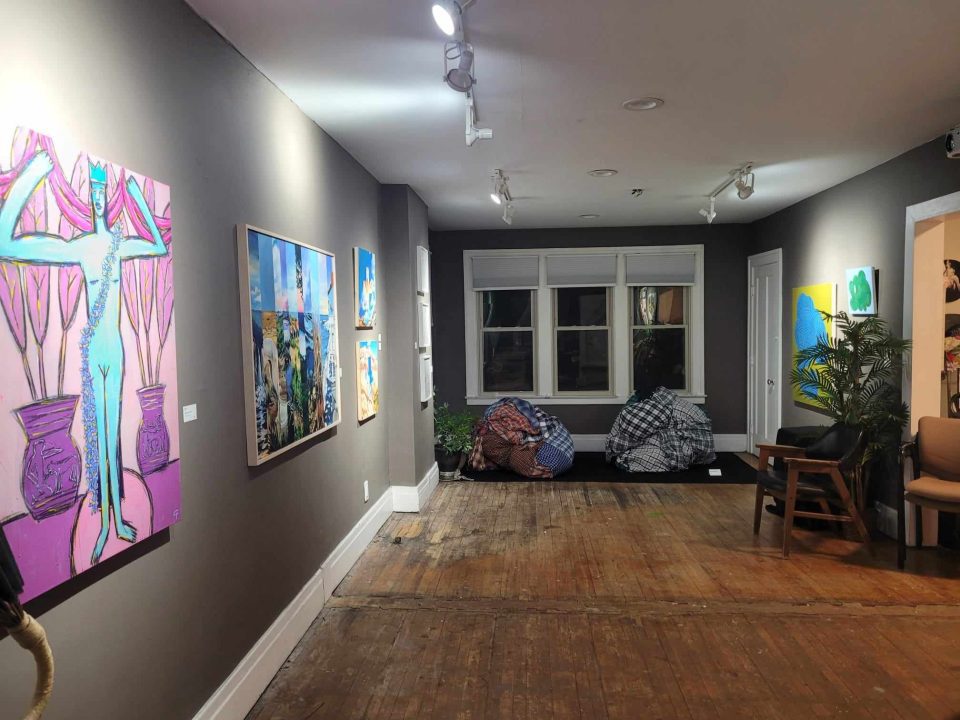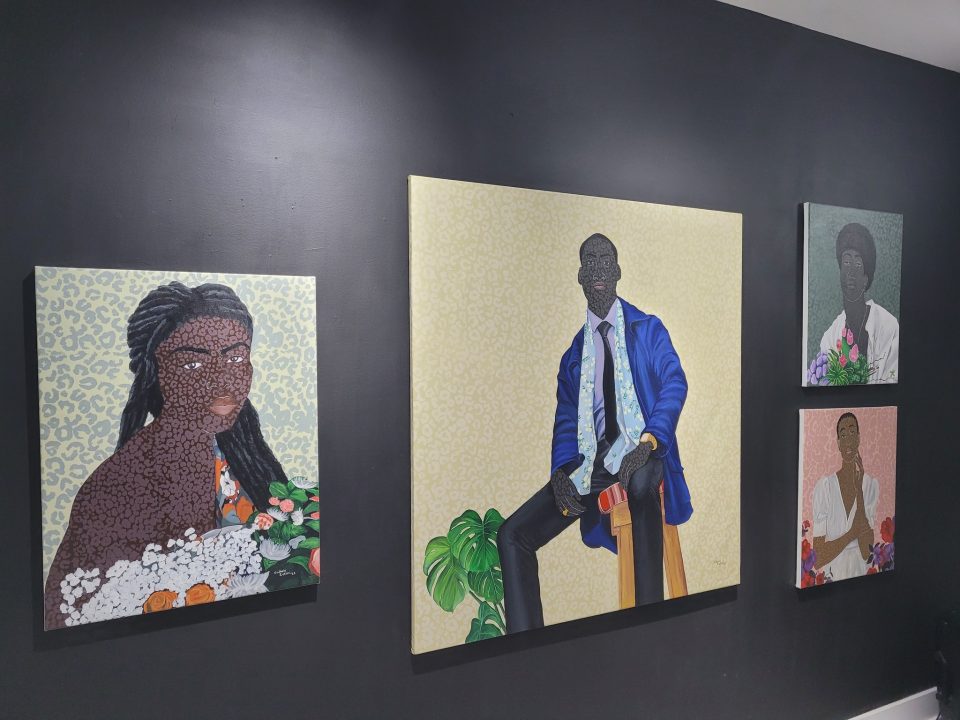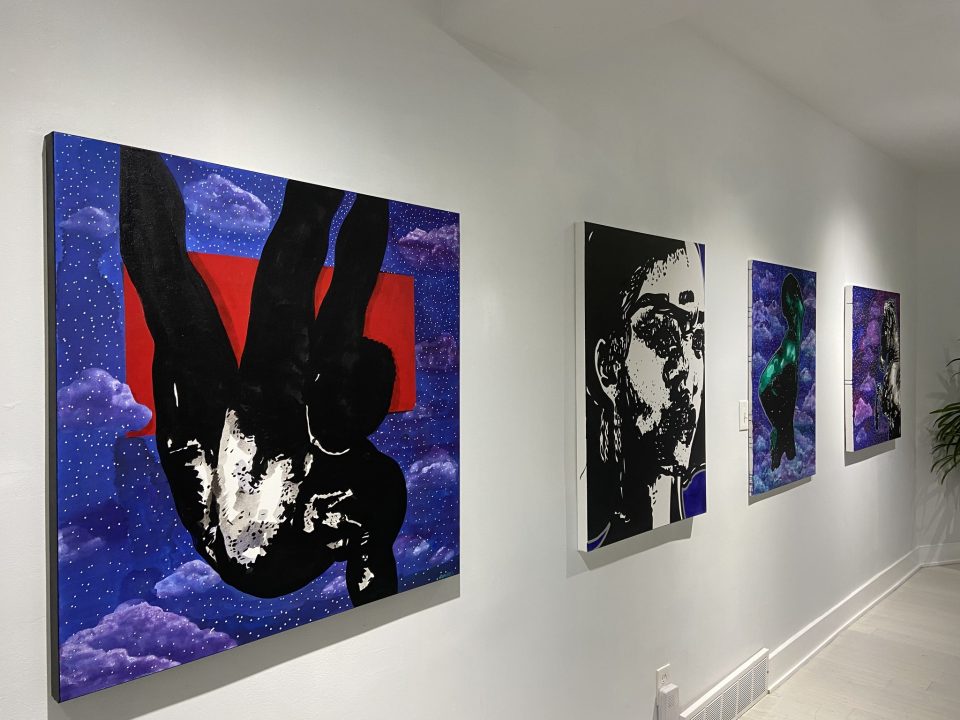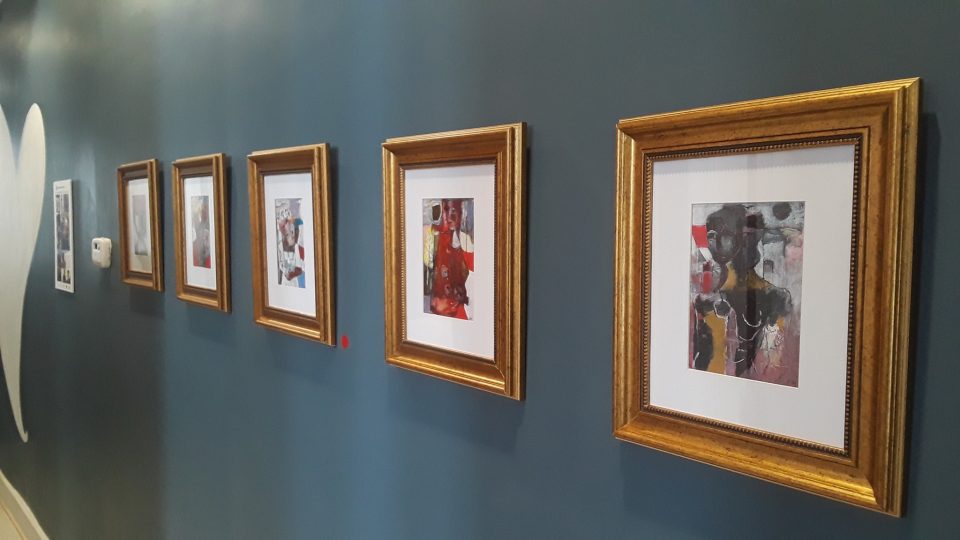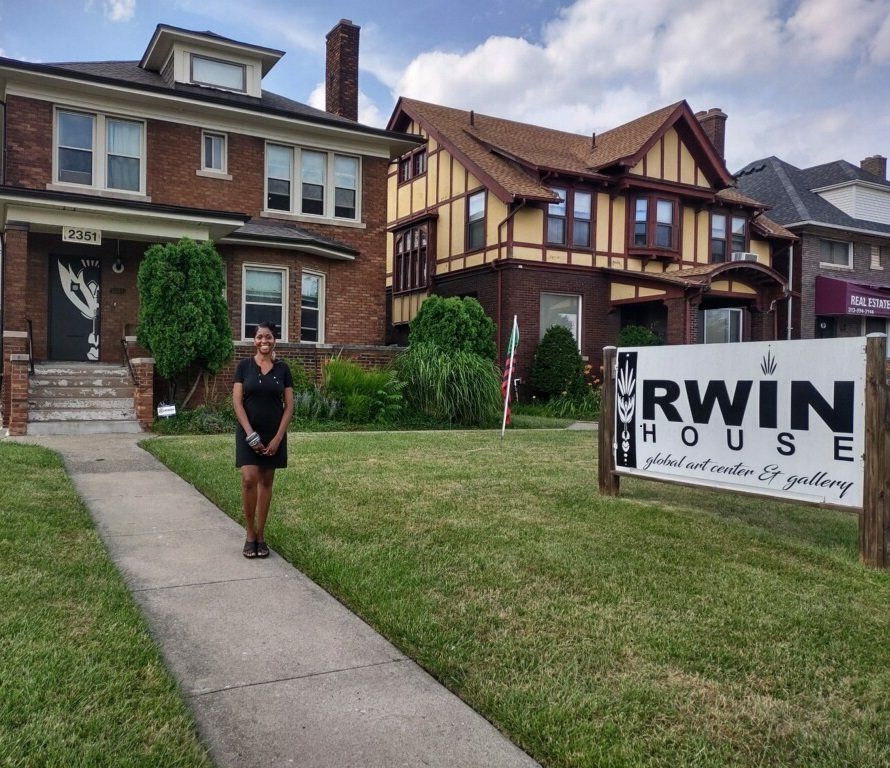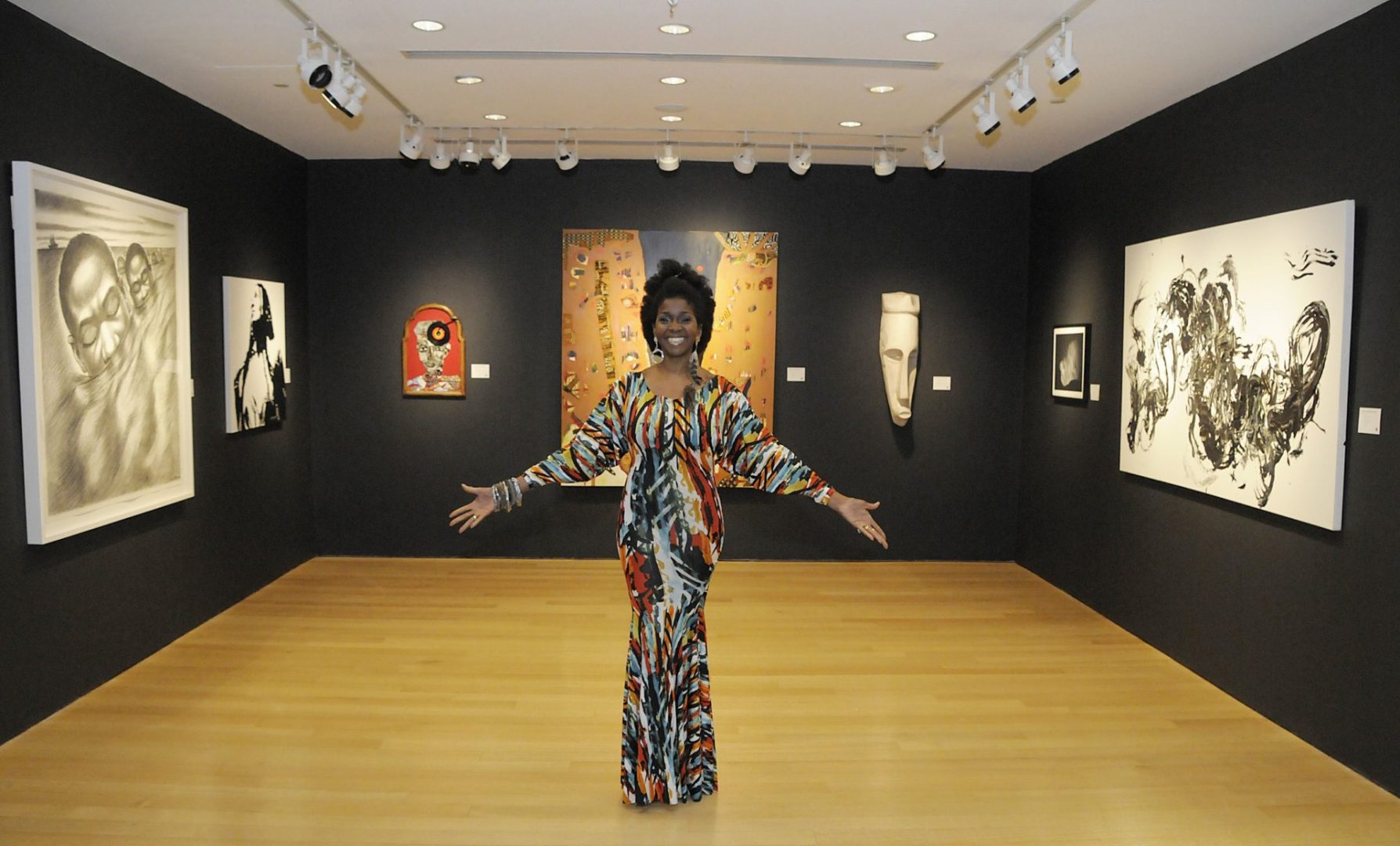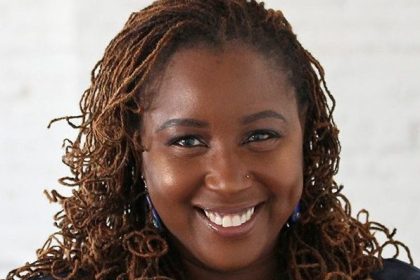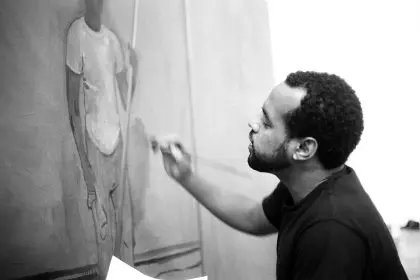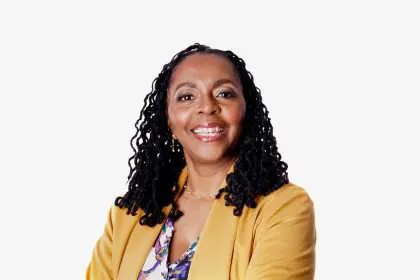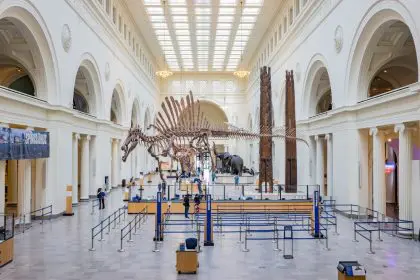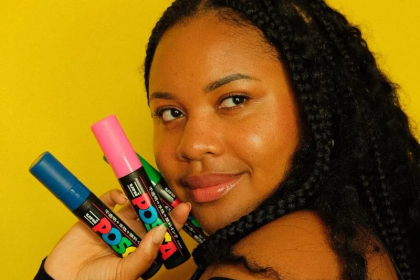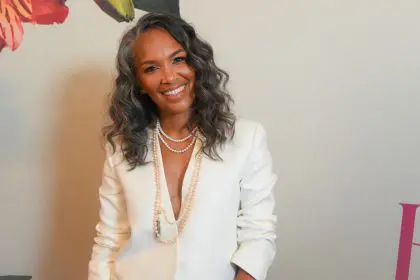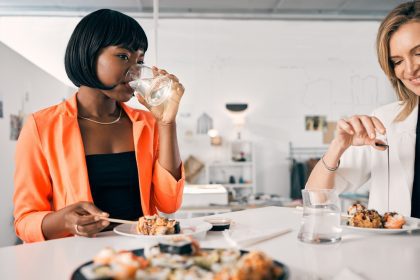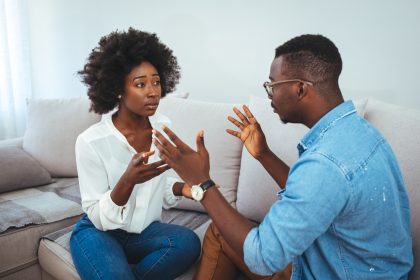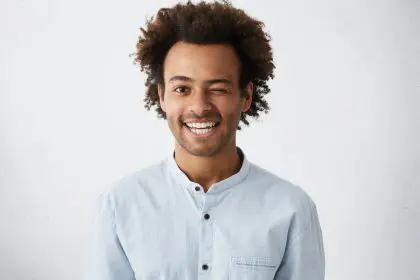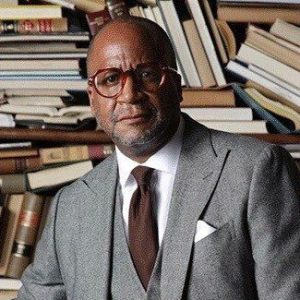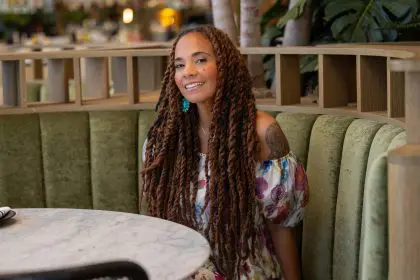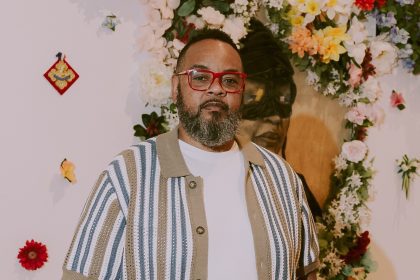In the dynamic landscape of contemporary art curation, Misha McGlown – known professionally as Omo Misha – stands as a transformative force, weaving narratives that bridge communities with culture. As curator for the Windows on Amsterdam Gallery and Gallery Director for the Irwin House Global Art Center, she has mastered the delicate art of creating spaces where stories resonate and dialogue flourishes. In an in-depth interview, Omo Misha reveals how her curatorial philosophy has evolved to address urgent cultural conversations, her approach to mentorship in the arts, and the ways she’s reshaping institutional practices to preserve and amplify underrepresented voices. Her work, spanning from the Sugar Hill Children’s Museum to NY Federal Hall, demonstrates the power of art as both a language and a catalyst for social transformation.
Every curator possesses unique abilities to contextualize art and create meaningful dialogues. What are your distinct curatorial powers, and how do they manifest in your exhibitions and programs? How has your curatorial philosophy evolved to address contemporary cultural dialogues?
As a curator, my work is rooted in the belief that art is more than a visual experience—it is a language, a conector, and a catalyst for transformation. My curatorial powers lie in my ability to weave narratives that honor history, elevate voices, and inspire meaningful dialogue. I approach each exhibition and program with an intention to create spaces where art becomes an invitation for reflection, connection, and collective healing.Over the years, my practice has spanned diverse roles and institutions, from directing galleries like the Irwin House Global Art Center in Detroit to curating spaces such as the Windows on Amsterdam Gallery at City College. I’ve had the privilege of working with esteemed organizations such as the United Nations, CHRISTIE’S, the Sugar Hill Children’s Museum, The Colored Girls’ Museum, and NY Federal Hall. Through these experiences, I’ve refined my ability to amplify underrepresented voices and ensure every project I put my name behind carries depth, context, and resonance.
My curatorial philosophy has evolved to embrace the complexities of contemporary cultural dialogue. In today’s world, conversations around equity, identity, and justice are not just relevant—they are urgent. I curate with this urgency in mind, ensuring that every program I develop provides space for these discussions. Whether highlighting the layered histories of Black and Brown artists or designing community-focused programs, my goal is to create a bridge between the art and the audience, sparking conversations that linger long after the exhibit closes.
I strive to make my work inclusive and accessible, blending the sacred with the everyday to reflect the Yoruba meaning of Omo Misha—“Misha’s children.” It’s a name that reminds me of my responsibility to nurture and connect communities through art. My curatorial voice is both an homage to the past and a celebration of what’s possible when we see and uplift each other.
Through the years, I’ve learned that curating is not just about selecting art—it’s about creating experiences that resonate deeply. It’s about recognizing the artist’s truth and presenting it in ways that inspire others to see themselves, their struggles, and their triumphs reflected. My exhibitions are as much about fostering dialogue as they are about showcasing creativity, making them a space where stories are shared, and futures are imagined.
In every program I develop, I carry with me the lessons of my journey and the belief that art has the power to transform—not just spaces, but lives.
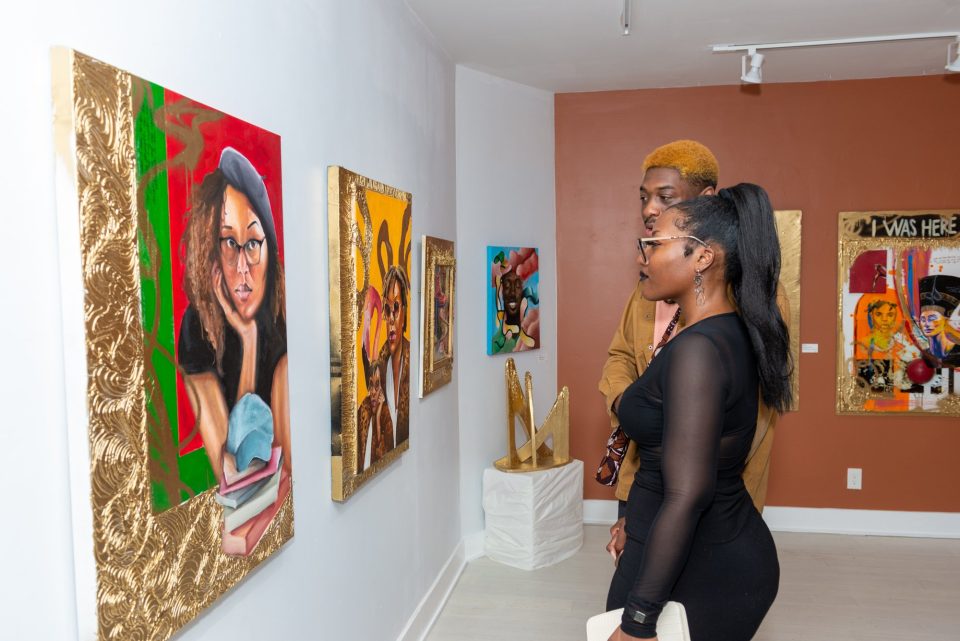
Tell us about your approach to mentorship and field advancement. How do you create opportunities that empower other curators and art professionals?
My approach to mentorship and field advancement is deeply rooted in collaboration, accessibility, and empowerment. I see mentorship as a reciprocal exchange—while I guide and share my experiences, I also learn from the fresh perspectives of those I work with. It’s about creating spaces where dialogue, creativity, and growth flourish.I create opportunities by fostering platforms that amplify underrepresented voices, particularly those of emerging artists and curators. This involves organizing exhibitions, workshops, and community-driven initiatives that not only showcase diverse talent but also provide hands-on experiences in navigating the art world. I believe that by demystifying the processes of curation, grant-writing, and exhibition management, I can help others find their footing and thrive in this space.Empowerment also comes from connection. I am intentional about building networks and introducing mentees to professionals who can support their growth. By sharing resources and advocating for others in rooms they may not yet have access to, I aim to open doors that might otherwise remain closed.
Ultimately, mentorship and advancement are about legacy and sustainability—ensuring that our creative communities are vibrant, inclusive, and prepared for the future. Every step we take together strengthens the ecosystem, making room for more voices to be heard. That is what drives my practice.
What role does cultural preservation and accessibility play in your institutional practice? How do you balance conservation with public engagement?
Cultural preservation and accessibility are at the heart of my institutional practice. I see preservation not just as safeguarding objects or artifacts but as protecting the stories, traditions, and identities that define communities. It’s about honoring the past while making it relevant to the present, ensuring that these legacies remain dynamic and alive.
Accessibility is integral to this work. Cultural preservation should never feel like a closed-door endeavor—it must engage the communities it represents. To that end, I prioritize creating programs, exhibitions, and spaces that invite dialogue and participation. Whether through artist talks, workshops, or interactive installations, I strive to bridge the gap between conservation and public engagement, ensuring that everyone feels welcome and valued in these conversations.
Balancing conservation with public access requires intention. It’s about respecting the integrity of the works and traditions we protect while finding creative ways to make them resonate with contemporary audiences. This might mean incorporating digital tools, partnering with grassroots organizations, or reimagining traditional formats to meet people where they are.
Ultimately, my goal is to make cultural preservation a living, breathing practice—one that invites communities to see themselves reflected in the work and to take ownership of their cultural heritage. By doing so, we not only honor the past but also ensure that it continues to inspire future generations.
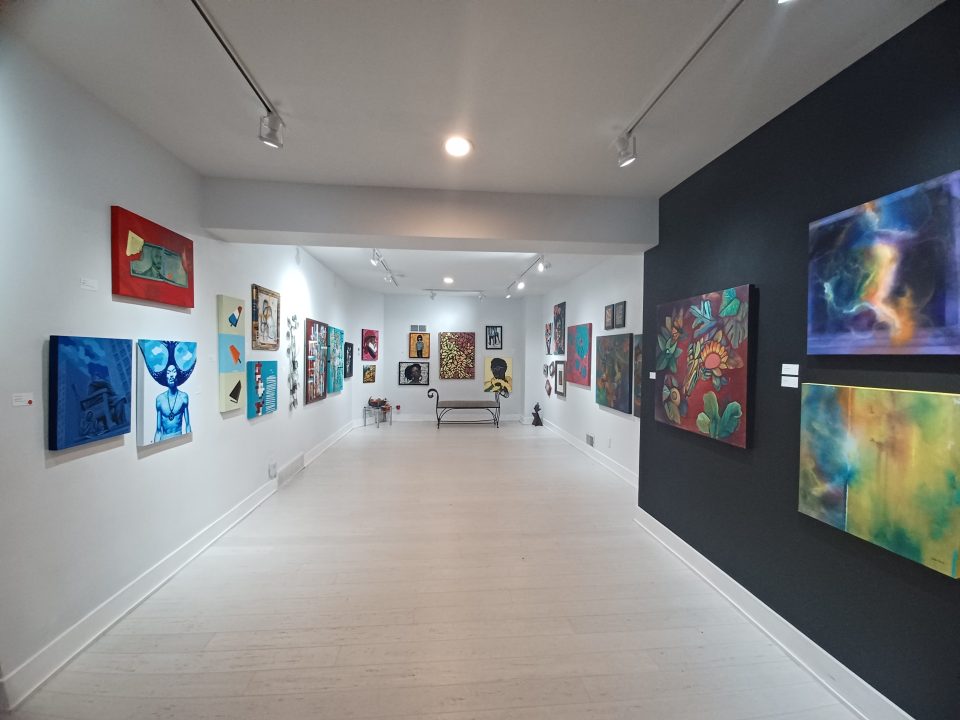
Digital accessibility has profoundly transformed my approach to curation and programming. It has expanded the reach of my work beyond physical spaces, allowing me to connect with audiences who may never set foot in a gallery or attend an in-person event. This shift has made art and culture more inclusive, providing new ways to share stories, amplify voices, and engage communities across geographic, social, and economic boundaries.In practice, this means integrating digital platforms into my curatorial strategy—whether through virtual exhibitions, social media campaigns, live-streamed events, or interactive online workshops. These tools create opportunities for dialogue and engagement that extend beyond the traditional confines of an exhibition space. They also enable artists and curators to tell their stories in new and innovative ways, leveraging technology to reach global audiences while maintaining the integrity of their work.
That said, digital accessibility also presents challenges. There’s the ever-present question of how to translate the intimacy and impact of physical art into the virtual space. How do you preserve the sensory experience of being with a piece of art or the energy of a live conversation? Additionally, there’s the issue of equity—not everyone has access to the technology or internet connection needed to participate fully, which risks reinforcing the very barriers we’re trying to dismantle.To navigate these challenges, I aim to approach digital curation with the same care and intentionality as in-person programming. This means prioritizing thoughtful storytelling, creating platforms that are easy to access, and continuing to find ways to include those who may be left out of the digital sphere. Ultimately, digital accessibility isn’t a replacement for in-person engagement but a complement to it—one that allows us to build bridges, foster connections, and push the boundaries of what’s possible in the art world.
How does your institution tell stories and create emotional connections with diverse audiences? Share an example of how your programming has impacted community engagement or cultural understanding.
Storytelling is at the core of everything we do—it’s how we connect people to art, culture, and each other. Through thoughtful curation, we strive to present narratives that resonate with diverse audiences, fostering both emotional connection and a sense of belonging. Whether through visual art, literary art, or community events, our goal is to tell stories that honor local, Black, and global experiences, amplify underrepresented voices, and invite everyone to see themselves as part of the larger cultural dialogue.
Several examples stand out, including Halima Afi Cassell’s “Free Market of Detroit.” This was a project that allowed us to support Cassells practice as an artist and activist on multiple levels. The project called for the complete transformation of our space into a community marketplace that allowed for the free exchange of tangible goods, ideas, and creativity, in tandem with the exhibition of traditional art. Cassells’ ‘Free Market of Detroit” brought relevant concerns about the environment, fashion industry waste, and personal sustainability to the fore and, at the same time, opened minds and served critical community needs.
Traditional group exhibitions we have produced including, but not limited to, PRODIGY, Move the World, Where We At (presented in partnership with the National Conference of Artists of Michigan) have brought communities of artists together and fostered collaborations, while illuminating history and creating space to celebrate culture and engage in critical dialogue. Our public programming invites the neighborhood directly into the art space to learn about and explore art and deepen a sense of place in a landscape that is constantly changing.
These examples remind me of the transformative power of art to bring people together, inspire empathy, and create lasting cultural understanding. By centering authentic stories and fostering opportunities for dialogue, we aim to create programming that not only educates but also uplifts and unites.
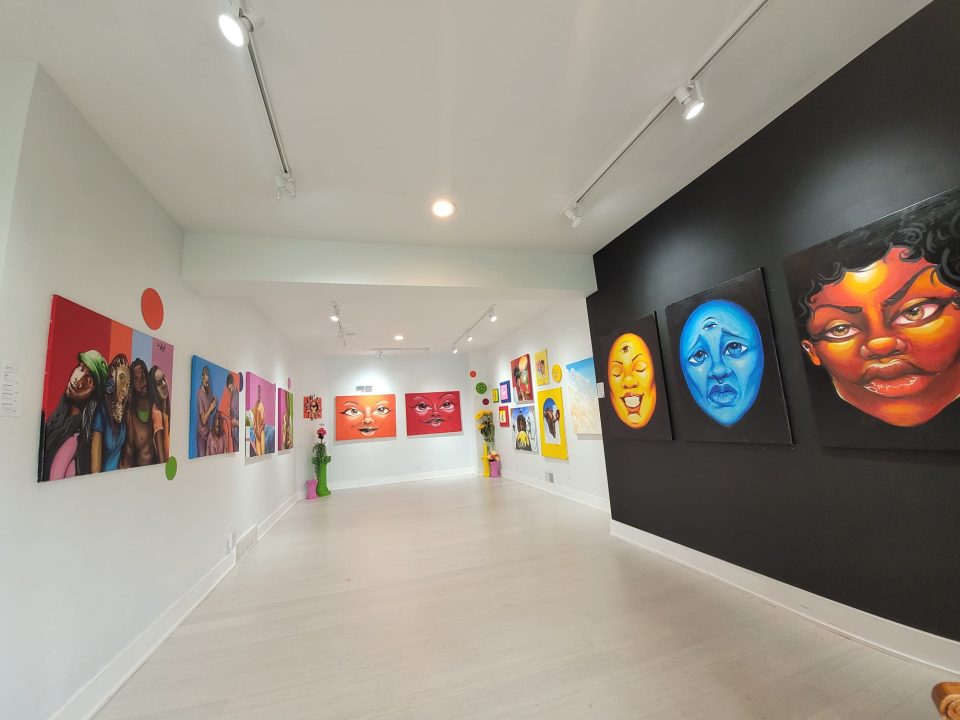
How do you foster relationships with artists, collectors, and other cultural institutions? What role does your institution play in supporting the broader artistic ecosystem?
Building relationships with artists, collectors, and cultural institutions is all about cultivating genuine connections rooted in shared values and mutual respect. I see these relationships as partnerships rather than transactional interactions. Whether I’m working with an emerging artist, a seasoned collector, or a peer institution, my goal is always to create opportunities for collaboration, learning, and growth.
With artists, I focus on building trust and providing support that goes beyond a single project. This might mean helping them refine their vision, connecting them with resources, or creating platforms that amplify their voices. For collectors, the emphasis is on education and engagement—helping them understand the stories behind the work and fostering a sense of responsibility toward supporting diverse practices. When it comes to other institutions, collaboration is key. By sharing resources, exchanging ideas, and partnering on initiatives, we can expand the impact of our work and fortify the cultural ecosystem as a whole.
Our institution plays a vital role in supporting the broader artistic ecosystem by serving as a bridge—a connector between artists, audiences, and opportunities. We create spaces where these groups can come together, exchange ideas, and develop relationships that extend far beyond our walls. Whether it’s through exhibitions, public art and programs, or mentorship initiatives, our focus is always on uplifting the creative community and ensuring that artists have the tools, visibility, and support they need to thrive.
By facilitating conversations and creating joint programming, we not only increase visibility for artists but also open doors for new collaborations. The ripple effect of these connections is truly powerful—it strengthens the cultural fabric of the community and ensures that we’re all working together to sustain a thriving, inclusive artistic landscape. Ultimately, we all rise when we lift each other up, and that ethos guides everything I do.
